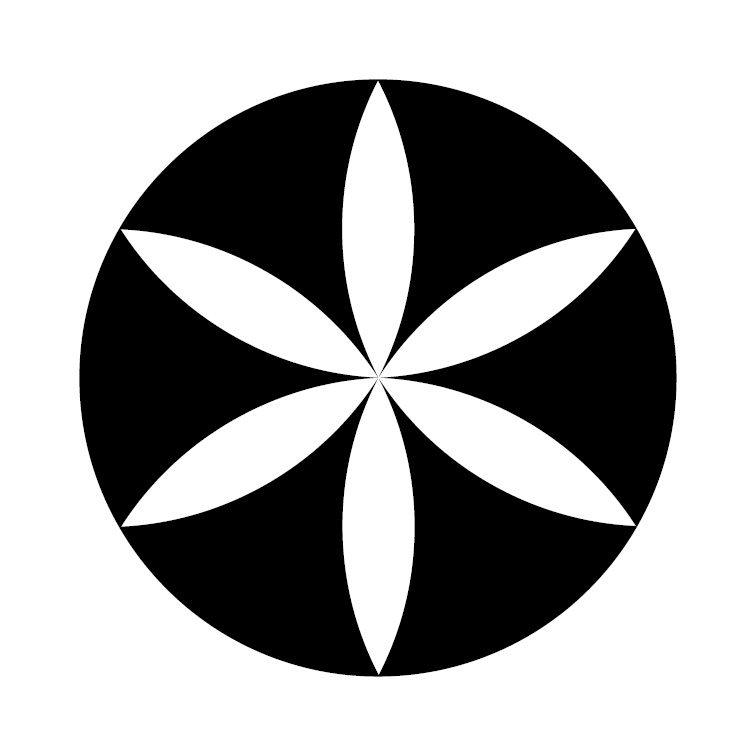Restoration of objects from the archaeological collection.
Every time we take the objects out of the depositories and bring them to the exhibition halls it is necessary to treat and conserve them. It often happens that unless the old interventions and slight damages are done away, a particular collection cannot be presented to the visitor’s eye at all. Therefore, it is necessary to repair also that which has already been repaired before. Among such conservation interventions was also a set of archaeological objects which had damaged infillings and inappropriate colour retouches from previous restorations. The damage of older infillings could have been caused by the disintegration of the restored vessel and, subsequently, the damage of original shards. By a rather simple conservation measure the loose plaster infilling was fixed to the original, the darkened retouch taken off and replaced by a new one which, optically, corresponds to the preserved original much better. Sometimes it is benefitial to the collections to carry out re-restoration and repeated conservation which can give the object, in a rather simple way, its original quality and expression value.
Vases and jugs from the museum ethnographical collection
Sometimes it happens that when dealing with a fragile object, even in a museum, even the best master can go wrong and one object is suddenly split into two. The museum receives also damaged objects which, nevertheless, have their expression value and represent the every day way of life of our ancestors and are part of our material culture and heritage.
Damaged and broken vessels with missing shards were not suitable to be displayed and some of them were even threatened with further damage. Therefore, a set of partially damaged vases, jugs and plates from the ethnographical fund had to be gradually restored. By cleaning and supplementing the missing parts it was possible to achieve that the collection is now giving an impression of a whole unit, naturally, with the patina of time and history. It was possible to conserve the originals in a way that prevents further damage and enables their presentation in the required quality.
Tiles with the coat of arms of the town of Levoča.
The relief of the tiles is impressed with the coat of arms of the town of Levoča – a pair of lions with crowns on their heads, with two tails, touching a two barred cross on a triple hill with their forepaws, the whole motif being placed into an oval acant wreath. The wreath has a royal crown on the top. At the upper sides of the two barred cross there are two fan-like shells, i.e, a symbol of St. James the Elder, who is the patron of the town. The symbol of the shell can be found in the Levoča coats of arms as early as the 16th century.
The aim of the restoration was to create a set of tiles that would present the tile colour variants. Also to fill in the missing parts of individual tiles so that the viewer has a clear idea about the original shape of the tiles. What is interesting about this set is the fact that the tiles were discovered in a vault filling of one room. They had all been used before, probably as part of an oven, however, their glazing differs. It is quite unlikely that they were part of the same oven. By restoration an interesting set of tiles of equal relief decoration but different colouring has been created from an archaeological find of a host of shards.
